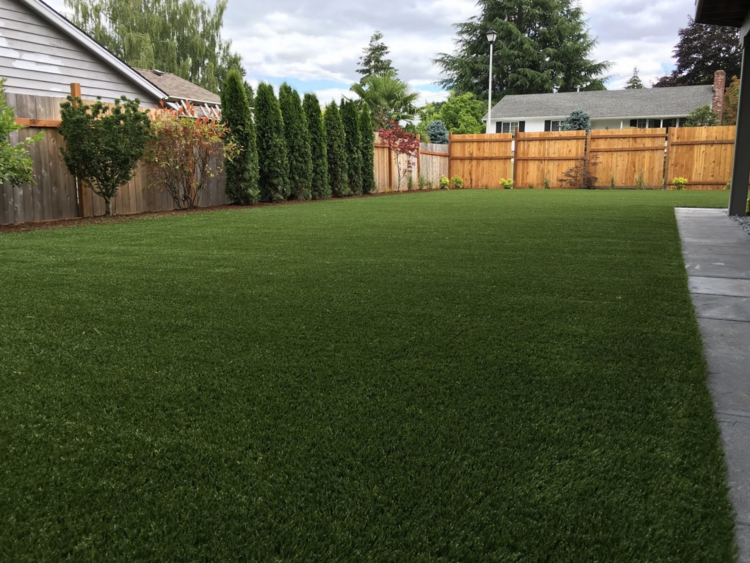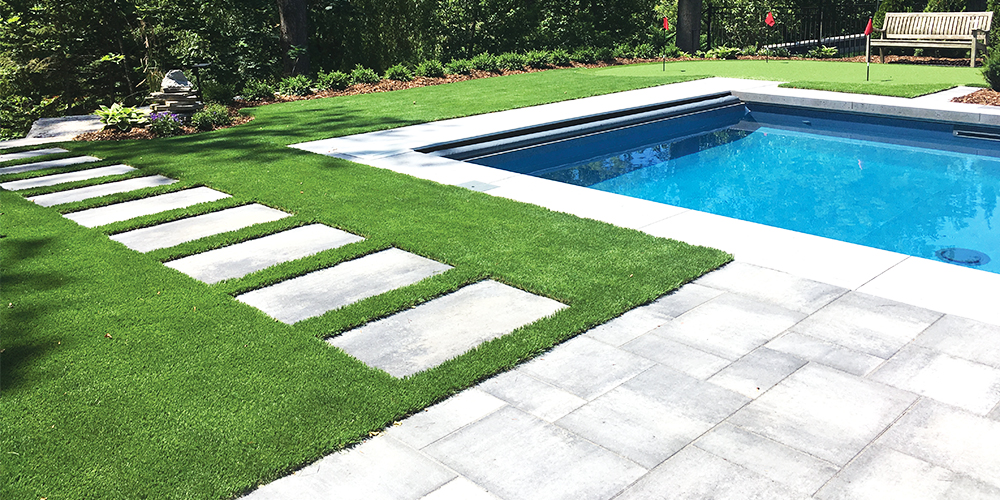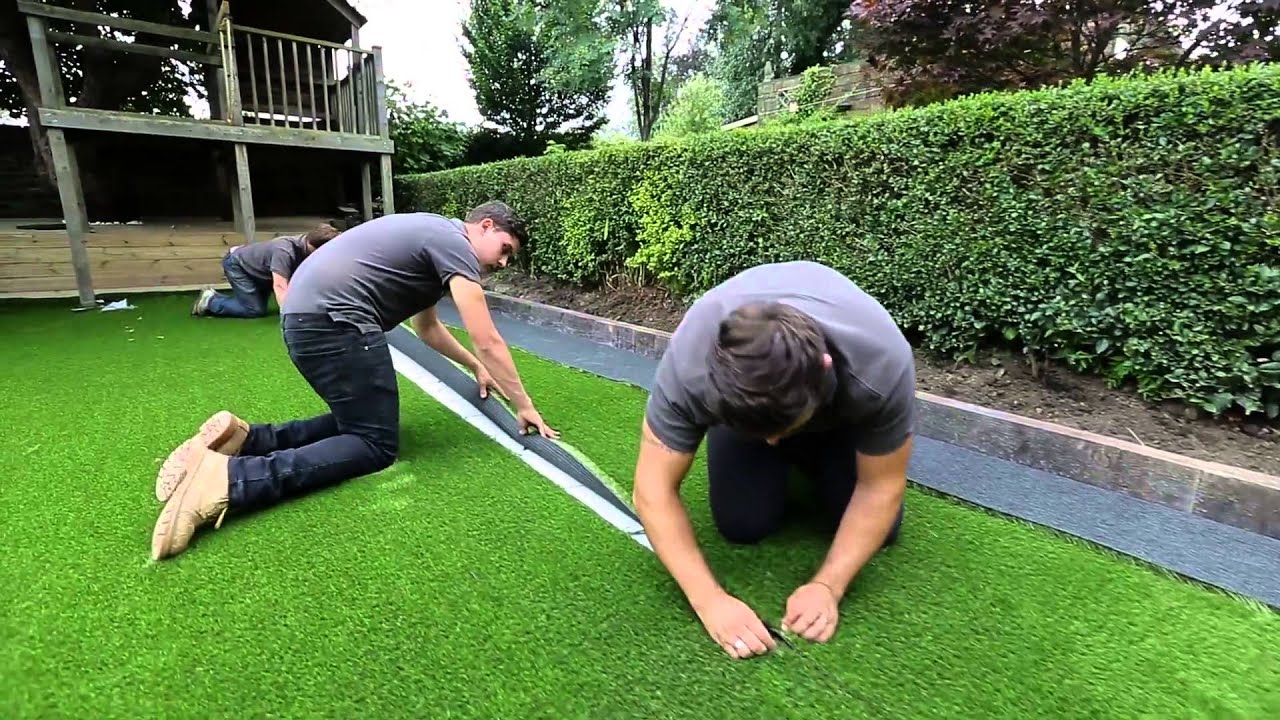Enhance Your Yard with Reliable Turf Installation Phoenix AZ Solutions
Enhance Your Yard with Reliable Turf Installation Phoenix AZ Solutions
Blog Article
Look Into the Environmental Perks of Opting for Synthetic Grass Solutions
The adoption of synthetic turf solutions provides a compelling possibility to address pushing ecological difficulties. By considerably reducing water use and minimizing the application of unsafe chemicals, these alternatives not only promote lasting landscaping but additionally secure regional communities.
Water Preservation Benefits
One of the most significant advantages of artificial lawn is its capability to conserve water. In comparison, synthetic lawn does not need watering, dramatically decreasing the overall need for water sources.
By eliminating the need for normal watering, synthetic grass adds to sustainable landscape techniques and assists minimize the ecological influence of excessive water usage. Moreover, the preservation of water encompasses the decrease of runoff, which can lead to soil disintegration and river pollution.
In addition, the setup of synthetic grass permits towns and property owners to allot water sources a lot more effectively, focusing on vital uses such as alcohol consumption water and agriculture. The shift towards synthetic grass not just promotes liable water use yet also straightens with wider ecological objectives focused on protecting natural resources.
As communities progressively prioritize sustainability, the water preservation benefits of synthetic grass provide a compelling instance for its fostering in business and household landscaping tasks.
Lowered Chemical Use
The shift to artificial turf dramatically decreases the reliance on chemical therapies frequently utilized in natural yard upkeep. Standard turf monitoring usually includes the application of herbicides, chemicals, and fertilizers to advertise development and control insects. These chemicals can position dangers to human health and wellness, regional wild animals, and the atmosphere, adding to soil and water contamination.
In contrast, synthetic turf gets rid of the need for these hazardous compounds. By lessening the release of synthetic substances right into the environment, synthetic grass promotes healthier soil and water systems.
Furthermore, the absence of chemical overflow connected with synthetic grass setups assists secure neighborhood rivers from air pollution, supporting marine life and keeping biodiversity. Arizona turf. As neighborhoods progressively focus on sustainable methods, going with synthetic grass presents a viable remedy that aligns with ecological conservation objectives. Via this change, homeowner can enjoy lavish eco-friendly areas without jeopardizing eco-friendly health, leading the way for a more lasting future
Reduced Carbon Impact

Furthermore, the setup of synthetic grass can lead to substantial water preservation. Natural yards require substantial quantities of water for irrigation, which not only contributes to the carbon impact connected with water extraction and treatment however additionally pressures regional water sources. In comparison, man-made lawn needs very little upkeep, needing no watering, therefore significantly lowering water usage and its linked power expenses.
In addition, the long life of synthetic grass adds to its lower carbon impact. With a lifespan of approximately 15 years or even more, the demand for regular substitutes is lessened, resulting in less waste and lower energy consumption in manufacturing and throwing away conventional yard choices. In general, synthetic grass offers a sustainable option for ecologically conscious landscape design.
Habitat Preservation
Environment conservation is a vital consideration in the dispute over landscape design choices, especially when contrasting synthetic grass to natural lawn. All-natural lawn lawns commonly call for extensive upkeep, including the use of fertilizers, pesticides, and herbicides, which can detrimentally influence regional communities. These chemicals can seep right see this website into the soil and waterways, hurting native flora and fauna and interrupting neighborhood environments.
On the other hand, artificial lawn presents a possibility to lower the environmental footprint of landscaping. By deciding for artificial turf, home owners can reduce the disruption of all-natural habitats connected with typical lawn treatment methods. Man-made turf eliminates the requirement for dangerous chemicals, therefore securing close-by wildlife and maintaining the integrity of bordering environments. Furthermore, the installation of synthetic grass can result navigate to these guys in the conversion of former lawn locations into more biodiverse landscapes, such as pollinator yards or indigenous plant locations, which can sustain neighborhood wildlife.
Ultimately, the shift to synthetic grass not just conserves water and lowers upkeep initiatives yet likewise fosters a more harmonious partnership between human tasks and the natural surroundings, advertising environment preservation at the same time.
Long-Term Sustainability
Long-term sustainability is a crucial factor in reviewing the benefits of synthetic grass over conventional turf yards. Among the most substantial benefits of artificial turf is its resilience; it can last up to 15-20 years with marginal maintenance, whereas natural grass calls for constant reseeding and replacement. This longevity minimizes the requirement for consistent resources, such as water, plant foods, and chemicals, which are important for maintaining a healthy and balanced turf yard.
In addition, synthetic grass contributes to a reduction in carbon discharges related to lawn care equipment. Conventional lawns usually call for gas-powered mowers, trimmers, and blowers, all of which contribute to air pollution. Artificial turf companies phoenix. On the other hand, synthetic grass eliminates the need for such tools, advertising a cleaner setting
Furthermore, the manufacturing of synthetic grass increasingly uses recycled materials, boosting its sustainability account. As manufacturers adopt my link environment-friendly methods, the environmental impact of synthetic grass remains to reduce.

Verdict
The fostering of synthetic grass solutions provides substantial ecological benefits, consisting of substantial water preservation, lowered dependence on unsafe chemicals, and a lower carbon footprint. Synthetic grass help in protecting natural habitats by lessening land disturbance and promoting long-term sustainability with the use of durable materials. Jointly, these factors underscore the potential of synthetic lawn to add favorably to ecological health and provide a viable alternative to traditional landscaping practices in an increasingly resource-conscious globe.
In comparison, fabricated turf does not require watering, dramatically decreasing the general need for water sources. By reducing the launch of synthetic compounds right into the ecological community, fabricated turf promotes healthier dirt and water systems.
In addition, the setup of artificial turf can result in considerable water conservation. In contrast, synthetic lawn needs marginal maintenance, calling for no watering, consequently considerably reducing water usage and its connected power costs.

Report this page